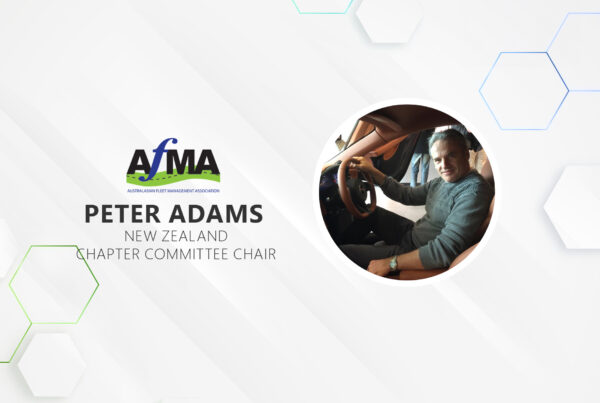Fleet management plays a critical role in ensuring the efficient and safe operation of vehicles within an organisation. Developing comprehensive fleet management policies is essential for setting guidelines, defining strategies, and establishing safety measures.
Paul Oliver, Principal Consultant at Fleet Advisory, recently shed light on the fundamentals of fleet management policy development and the significance of implementing it in organisations.
Setting the Ground Rules
Oliver emphasised that, having well-defined policies in place is crucial regardless of the type of vehicles an organisation operates. These policies serve as the foundation for outlining strategies, defining objectives, and ensuring compliance with regulations.
He cited the various types of fleet management policies he encountered throughout his consulting experience. This includes driver’s licence policies, vehicle selection policies, driver safety policies, and policies related to specific aspects such as charging infrastructure.
He stressed that each organisation should develop policies tailored to its unique needs, considering the purpose of the fleet and the desired outcomes.
Defining Objectives and Responsibilities
When developing fleet management policies, it is crucial to clearly define objectives and outline the responsibilities of drivers and management. Oliver emphasised that the fleet management plan should be concise, focusing on the objectives and strategies.
Additionally, it should incorporate key elements such as vehicle disposal, maintenance, and driver engagement. Setting objectives and outlining responsibilities helps align the fleet’s purpose with the organisation’s overall strategy.
Driver Safety and Responsibility
Driver safety, according to Oliver, is central to creating and implementing fleet management policies He highlighted the importance of addressing driver responsibilities within these policies.
These responsibilities encompass appropriate and safe driving behaviour, complying with regulations, and understanding the organisation’s expectations. Oliver emphasised the need to include guidelines on maintenance, accident reporting, security, and appropriate vehicle use.
By outlining these responsibilities, organisations can enhance safety and reduce risks associated with fleet operations.
Adapting to Change and Embracing Technology
Oliver noted that many motor vehicle policies are outdated and fail to address current challenges and changes in the working environment. With hybrid work setups being more common and more employees using personal vehicles for work-related purposes, adapting fleet management policies is crucial.
To stay aligned with the times, policies should reflect the organisation’s commitment to safety, both on and off the premises, and consider the potential risks associated with personal vehicle use. During the session, the question arose about using technology for driver acknowledgement instead of relying on paper forms.
Oliver acknowledged the existence of technology solutions that can streamline the process and capture driver details electronically. These solutions can simplify the administration of fleet policies and improve efficiency in maintaining up-to-date records. Embracing technology in policy implementation shows that an organisation is committed to leveraging new tools to effectively manage its fleet.
Final Thoughts
Developing comprehensive fleet management policies is a critical aspect of ensuring the safe and efficient operation of vehicles within an organisation. Therefore, policy development, setting objectives, and defining responsibilities is crucial for organisations. By aligning fleet management policies with the organisation’s strategy and adapting them to changing environments, businesses can enhance safety, optimise operations, and mitigate risks.
Embracing technology can further streamline policy implementation and improve overall fleet management practices. With well-designed and up-to-date policies in place, organisations can foster a culture of safety and efficiency within their fleet operations.
Did you find this article interesting? Click the ‘heart’ button above to give it a ‘like’!




















